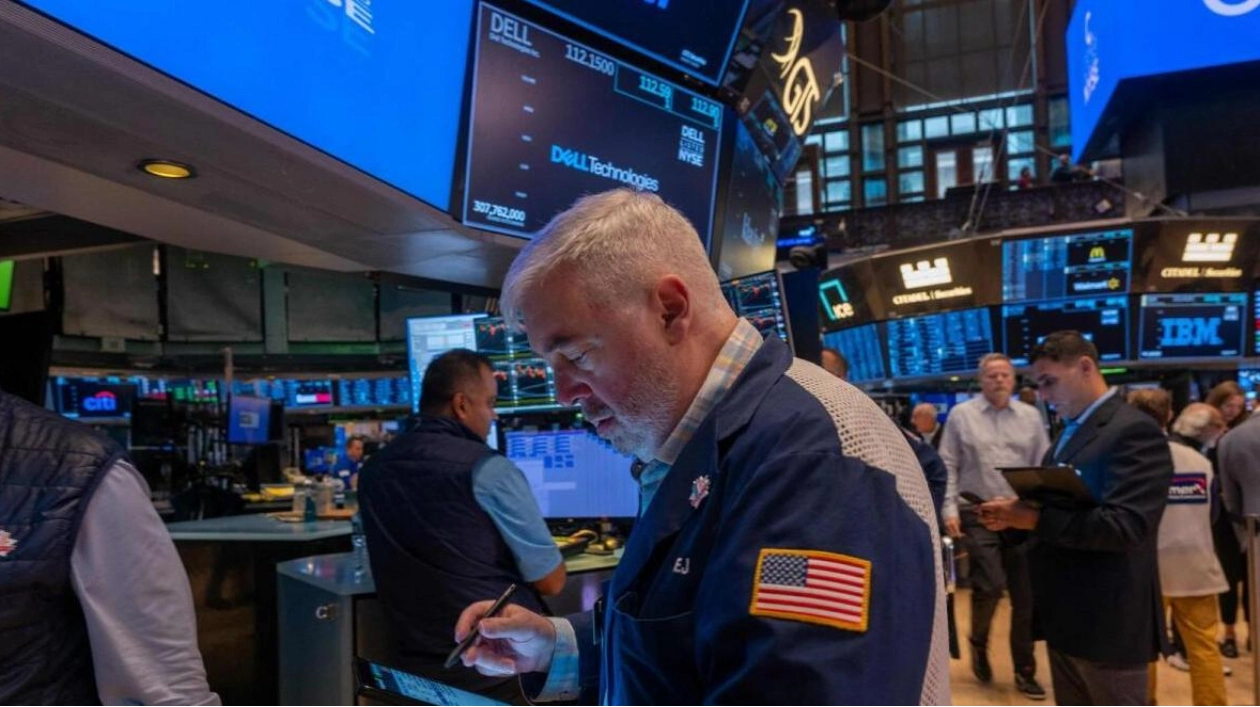This week, all eyes are on the Federal Reserve as speculation mounts over how much the US central bank will reduce interest rates at its upcoming monetary policy meeting and the speed at which it will lower borrowing costs in the coming months. Despite weeks of market volatility triggered by economic concerns and fluctuating expectations about the size of the rate cut at the Fed's September 17-18 meeting, the S&P 500 index remains just one percent below its July record high. After a week of significant fluctuations, Fed funds futures on Friday indicated that traders were almost equally divided on the likelihood of a 25 basis point cut versus a 50 basis point reduction, according to CME Fedwatch. These shifting expectations highlight a critical question for today's markets: whether the Fed will opt for aggressive cuts to counter potential weakening in the labor market, or take a more cautious, wait-and-see approach.
"The market is looking for the Fed to demonstrate a level of confidence that growth is slowing but not collapsing," said Anthony Saglimbene, chief market strategist at Ameriprise Financial. "They want to see... that there's still the capacity to gradually normalize monetary policy." Investors will be closely monitoring the Fed's updated economic projections and interest rate outlook. As of late Friday, markets were pricing in 115 basis points of cuts by the end of 2024, according to LSEG data. This is in contrast to the Fed's June forecast, which anticipated only one 25-basis point cut for the year. Walter Todd, chief investment officer at Greenwood Capital, argued that the central bank should consider a 50 basis point cut on Wednesday, noting the disparity between the 2-year Treasury yield, which was last around 3.6 percent, and the Fed funds rate of 5.25 percent-5.5 percent.
This gap is "a clear indication that the Fed is overly restrictive relative to market conditions," Todd said. "They are late in initiating this cutting cycle and need to catch up." Aggressive rate cut expectations have fueled a rally in Treasuries, with the 10-year yield dropping approximately 80 basis points since the beginning of July to around 3.65 percent, close to its lowest level since June 2023. However, if the Fed continues to project significantly less easing than the market anticipates for this year, bond prices will need to adjust, potentially pushing yields higher, according to Mike Mullaney, director of global markets research at Boston Partners. Higher yields could exert pressure on stock valuations, which are already elevated relative to historical standards. The S&P 500 was last trading at a forward price-to-earnings ratio of 21 times expected 12-month earnings, compared to its long-term average of 15.7, according to LSEG Datastream.
"I find it unlikely that we will see an expansion in P/E multiples between now and the end of the year in a rising (yield) environment," Mullaney said. With the S&P 500 up about 18 percent so far this year, even a slight disappointment from the Fed's meeting next week could unsettle investors. Attention has shifted to the employment market as inflation has eased, with job growth falling short of expectations in the past two monthly reports. The unemployment rate surged to 4.2 percent in August, a level the Fed had projected to reach only in 2025, according to Oscar Munoz, chief US macro strategist at TD Securities. This suggests that the central bank may need to demonstrate its commitment to aggressively lowering rates to their "neutral" level.
"If the (forecast) disappoints, meaning they adopt a more conservative stance and don't ease as much... I think the market might react negatively," Munoz said.






